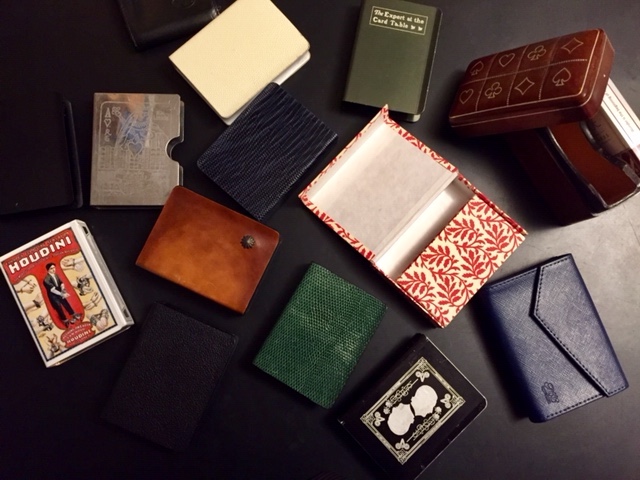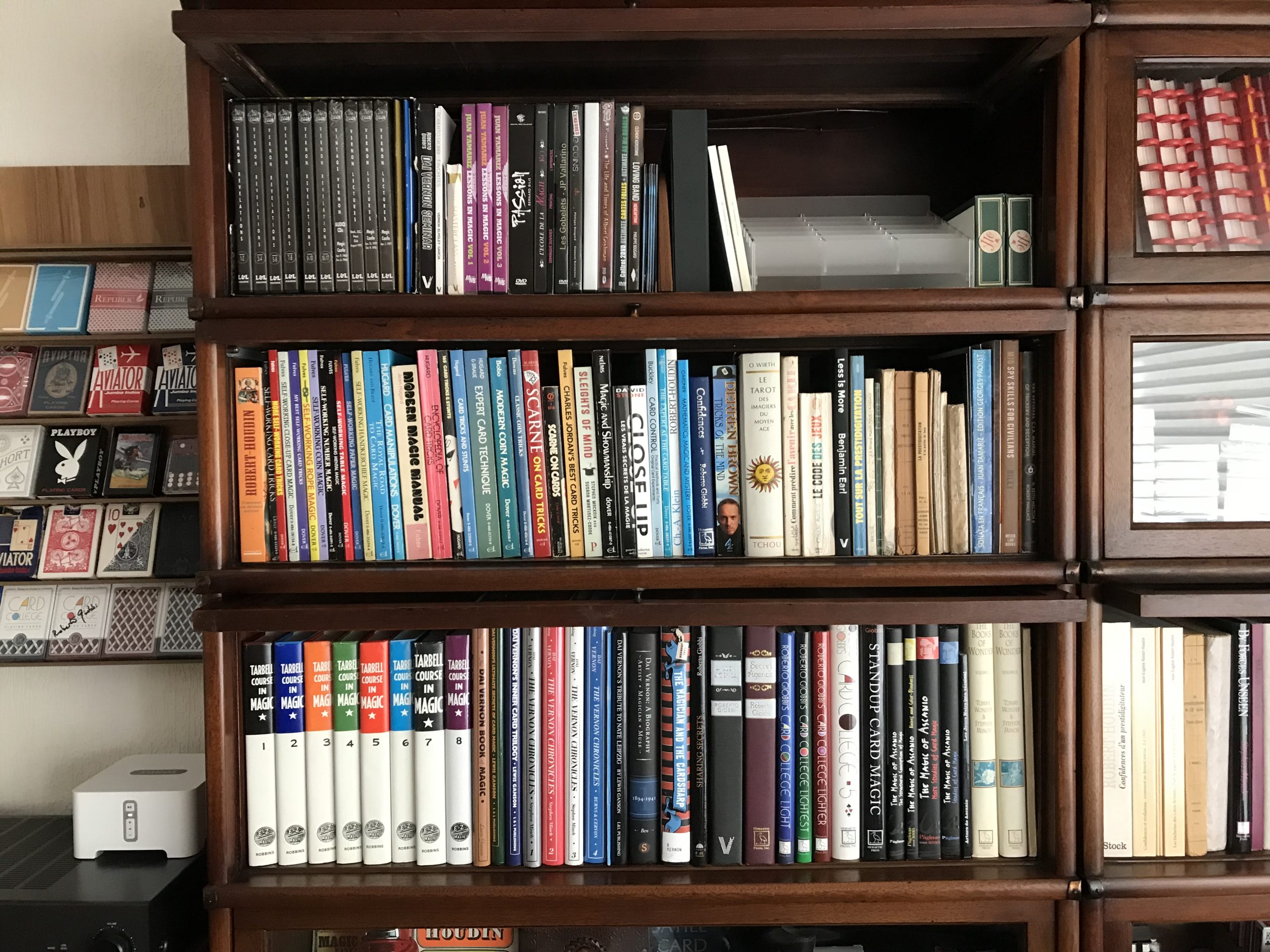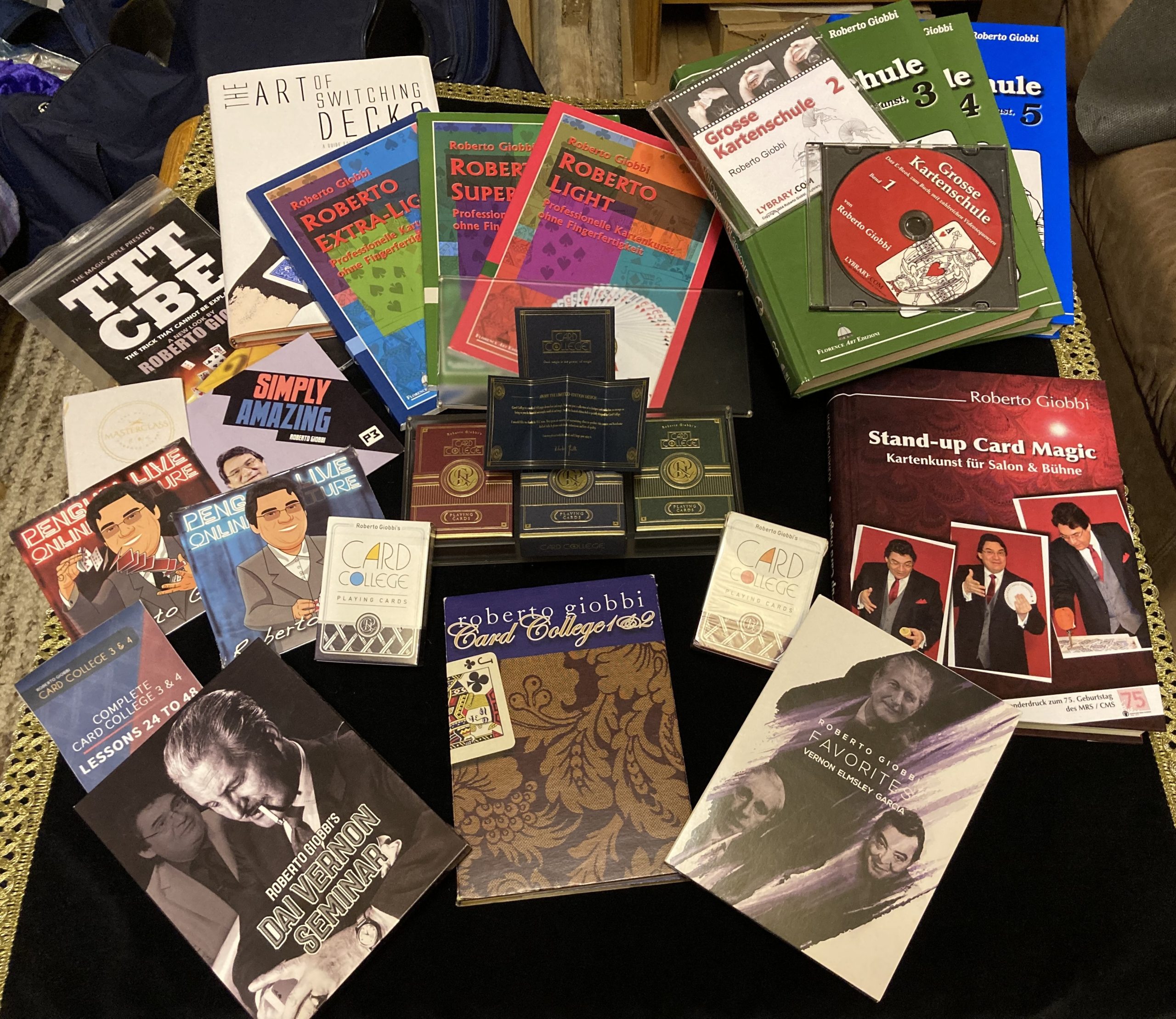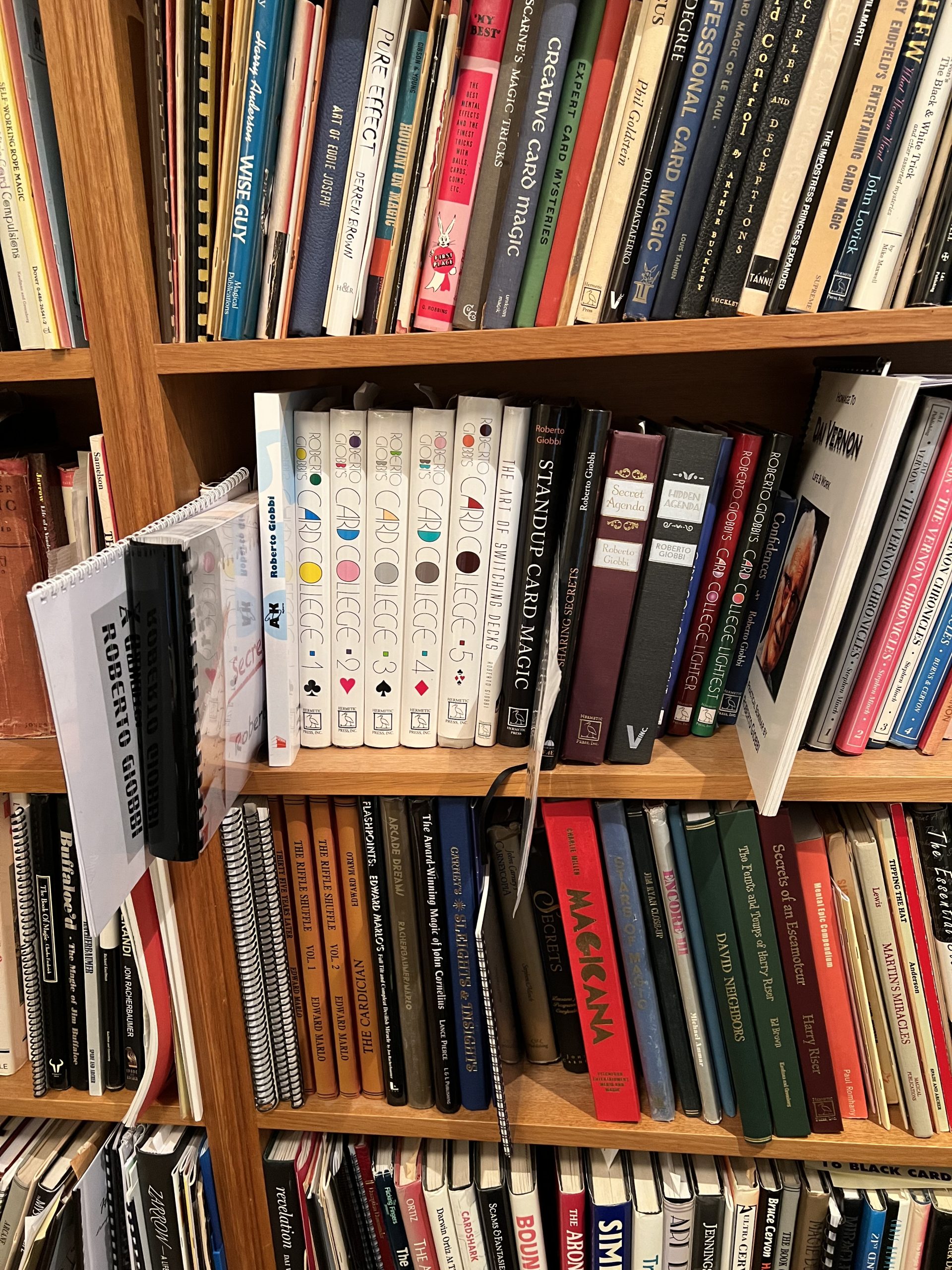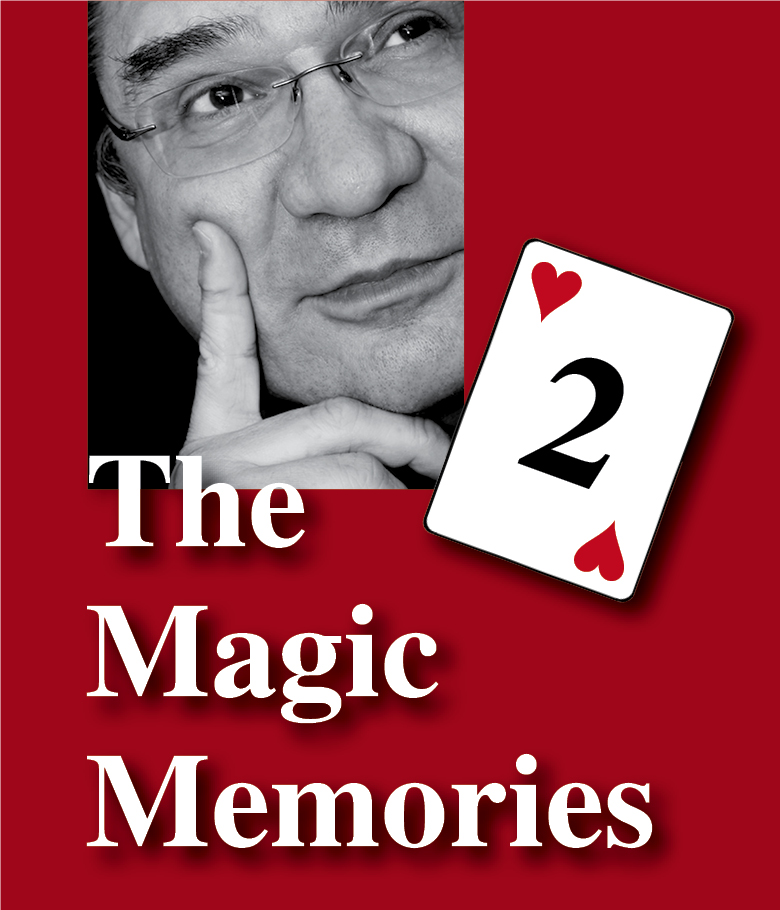
Hello everyone!
Today’s topics are: More thoughts on FISM competitions; How to establish magic as an art; Remembering Shigeo Takagi.
These are The Magic Memories 84, gone online Sunday, August 7th, 2022, at 0:07h sharp.
More Thoughts on Competitions
Last week’s The Magic Memories brought in a few comments concerning competitions, thank you, so I assume there is some interest in it, and I’m going to explore the subject a bit more in today’s blog.
Benefits of a Competition
As I reported in last week’s installment, winning the FISM competition did have a decisive impact on my professional career. As a matter of fact, I see at least three benefits of entering a competition, especially one of the importance and magnitude of FISM:
First, it forces you to create a high-caliber ten-minute act. If you’ve never done that I can assure you that this is a major operation, and although it will be different for each performer, common to all is that you are forced to think in new dimensions, become creative to a point you didn’t think was possible, practice and rehearse efficiently, and a lot more (yet another topic!).
Second, a good performer – thanks to the recently introduced idea of preliminaries most FISM acts are at least good – gets exposed in front of his and her peers, thus gaining attention, recognition and bookings. This is especially useful for young performers, or those coming from lesser known countries, or countries with weak economies that do not allow performers to travel easily (yet another reason why there should be a foundation that sponsors such acts).
Third, it can greatly facilitate breaking into professional show business. I’m not talking about getting booked at magic conventions, as too many convention organizers (fortunately not all!) simply exploit the artists by paying lower fees than they could afford. (This is really another big issue that needs to be addressed at some point!) An award is the welcome hook the media are looking for in order to report about the artist.
I remember when I won my award at FISM 1988, I got interviewed by one of the most prominent columnists (-minu) for a national newspaper. The next day the CEO of a restaurant and resort chain personally called me up, his name was Ulrich Leuthold, and asked to meet me.
His company, the Berest AG that still exists, managed some of the most important restaurants, hotels and night clubs in Switzerland. He booked me to regularly appear at one of their top bar-restaurants in Basel, at that time called “Classico” (and worth a column of its own!), where I did not only get my first professional experience in high-level close-up magic at a handsome fee, but also met lots of decision makers who then booked me for prestigious and lucrative corporate and private work.
Ueli (Swiss short for “Ulrich”) and I then became quite friendly, and many interesting projects and bookings followed – if you remind me I’ll report on one of them, the “Soirée 200”, a yearly event with only 200 guests who each payed 100 Swiss Francs (that’s ca. $ 250 of today’s purchasing power). I did three such events, booking acts like Tommy Wonder, Tina Lenert, and other national and international talent.
Lots more to say about “benefits”, but let me bring this part of the discussion to an end by mentioning that I’ve seen competitors also live the exact contrary to encouragement and boost to their career: There have been performers who simply misjudged their talent, entered a competition, and experienced the flop of their lives, some of them being booed off the stage, or even had the curtain closed by decision of the jury.
Both are cruel intrusions into the life of a usually sensitive individual, who has more often than not devoted a lot of time and thought to his or her performance, and is now brutally made aware that his or her expectations don’t match the reality. These people have then left magic with much bitterness and chagrin.
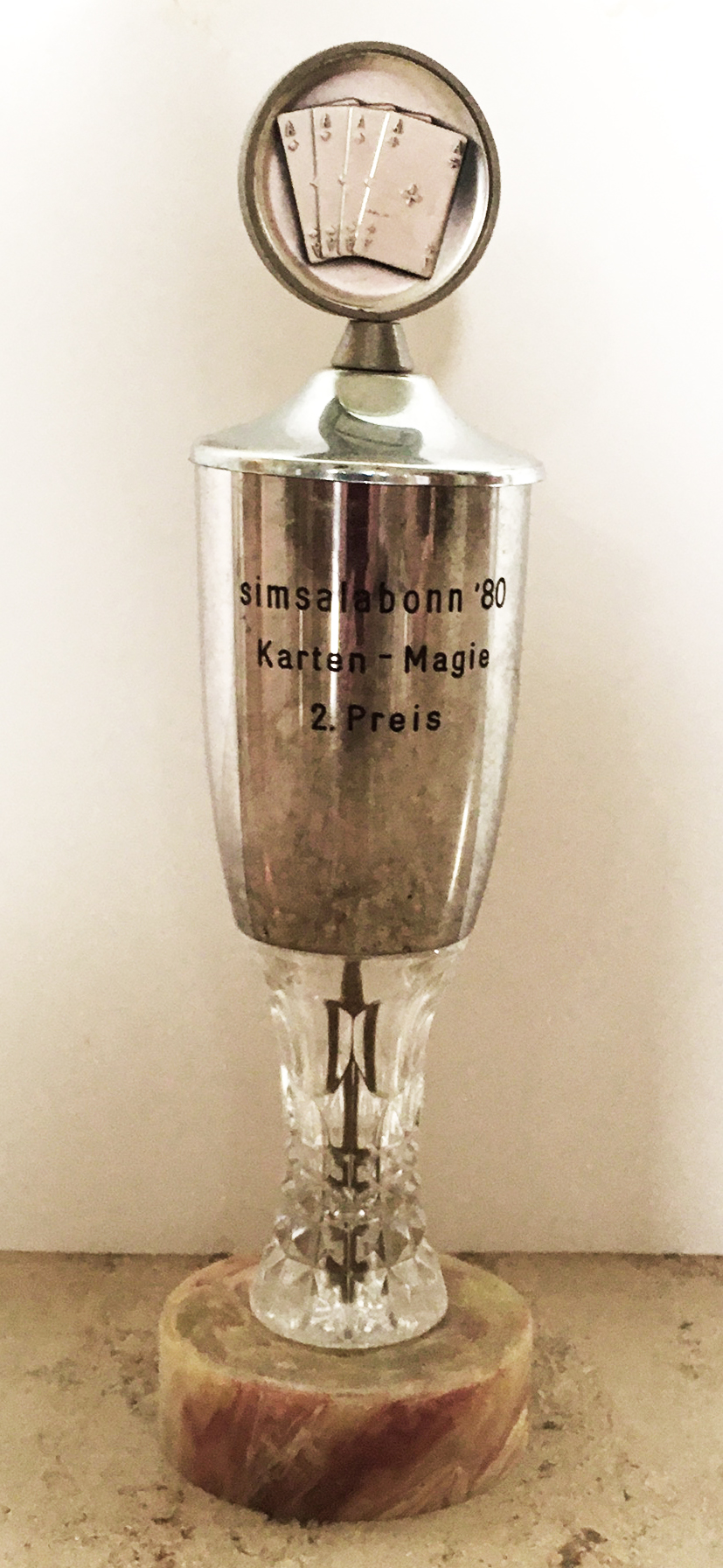
The Position of Competitions in Magic
Competitions can be an integral part of any artist’s career, independent from the discipline: There are competitions in music, film, literature, architecture etc. However, to my knowledge, it is only the “art” of magic where competitions are given such a prominent position.
That’s precisely the problem I see. And before proceeding let me state once again that all you read in my blogs and other writings is of course simply my personal opinion, no more, no less, and I’m not writing this to be controversial nor to offend anyone, I’m just interested to explore the subject and offer my point of view after decades of practicing and studying magic in a scholarly manner.
So, albeit in the magic community the call for magic being recognized as an art form is loud and argumentative, few seem to understand what this means and how it should be implemented. The problem, however, as Juan Tamariz once said to me in one of our conversations, is not the public, but those practicing magic, many of whom do not believe that magic is an art form. How can we convince the public that magic is art, if many of “us” do neither believe it nor act (in performances and outside) accordingly?
The position competitions get, especially at big conventions such as FISM, displays what in my opinion is a big misunderstanding of what constitutes an art form.
Granted, as we’ve seen, all arts have competitions and formats with a similar function, mostly to encourage and sponsor young talent, but no other art would give a competition the importance for instance FISM is giving it, which even hails the competition as the “Olympics of Magic”. This metaphorical expression is used as an analogy, of course, but it brings magic, sensed to be an art, down to the level of sports – and magic, whatever it might be, is certainly not a sport.
What shocks me, but does not surprise me at all, is that many who attend FISM, or other conventions with a competition, go there primarily to watch the competition. Wow, that’s quite something, I say.
I remember when I attended my first convention at age 17, I went there with the idea that I would learn new things (techniques, tricks, presentations, strategies, insights etc.), and meet new kindred spirits, people as obsessed about magic as myself, make new friends, see new developments in material sciences and creations (inventors, dealers), and so on. Competitions, to me, where the least important.
Later I came to understand and accept that competitions at a high level also have an educational function, as you can see the creativity of others, how they solved problems etc. So they are indeed part of the training and self-improvement, but never ever the most important part of it. And I started to wonder why so many love competitions and make it the main raison d’être of a convention.
Naturally, one of the reasons is that a large part of the convention goers have magic as a hobby. And as such they love to see magic performed, and to be surprised and even better be fooled. And of course we have to admit that in all of us watching those competitions there is a “little judge”: We simply love to “class” the act, and for a moment even imagine we were one of the judges and gave the act so-and-so many points, and then get upset at those judges 🙂 It makes us all feel a bit more important.
I have absolutely nothing against this, it is human, and it fulfills an important function in our life as aficionados of magic.
All I’m saying is that it must not be given that primordial importance as it is currently given, especially not when communicating magic to the public. If we ever want magic to be recognized as an art form and its practitioners as artists, at least some of us, we must stop making competitions the most important feature of a FISM convention. Take painting: There is no doubt in anybody’s mind that painting is an art form, but not everyone who paints is an artist, only a few are. Nobody would be offended if I said so. Same in magic: Magic is an art form, but not everyone practicing magic is an artist.
How to establish Magic as an Art
As a consequence of the above you might ask me: If you want to lower the prominence of competitions, what would you do to promote magic as an art?
For years I have been suggesting measures that could be taken, but few seem to be interested, and even fewer have acted.
In reference to FISM I think that there is the greatest potential to help the public gain a new and different view of magic, but almost nothing is done.
Possibly the only and most important innovation was Max Maven’s wonderful idea of installing three Special Awards outside of the competition. These should not be attributed for a single performance done in ten minutes on a specific day, in front of a specific jury, but be a kind of lifetime achievement award. This was first done at FISM 2006 in Stockholm, where the three awards for “Creativity”, “History and Research”, as well as “Theory and Philosophy” were given.
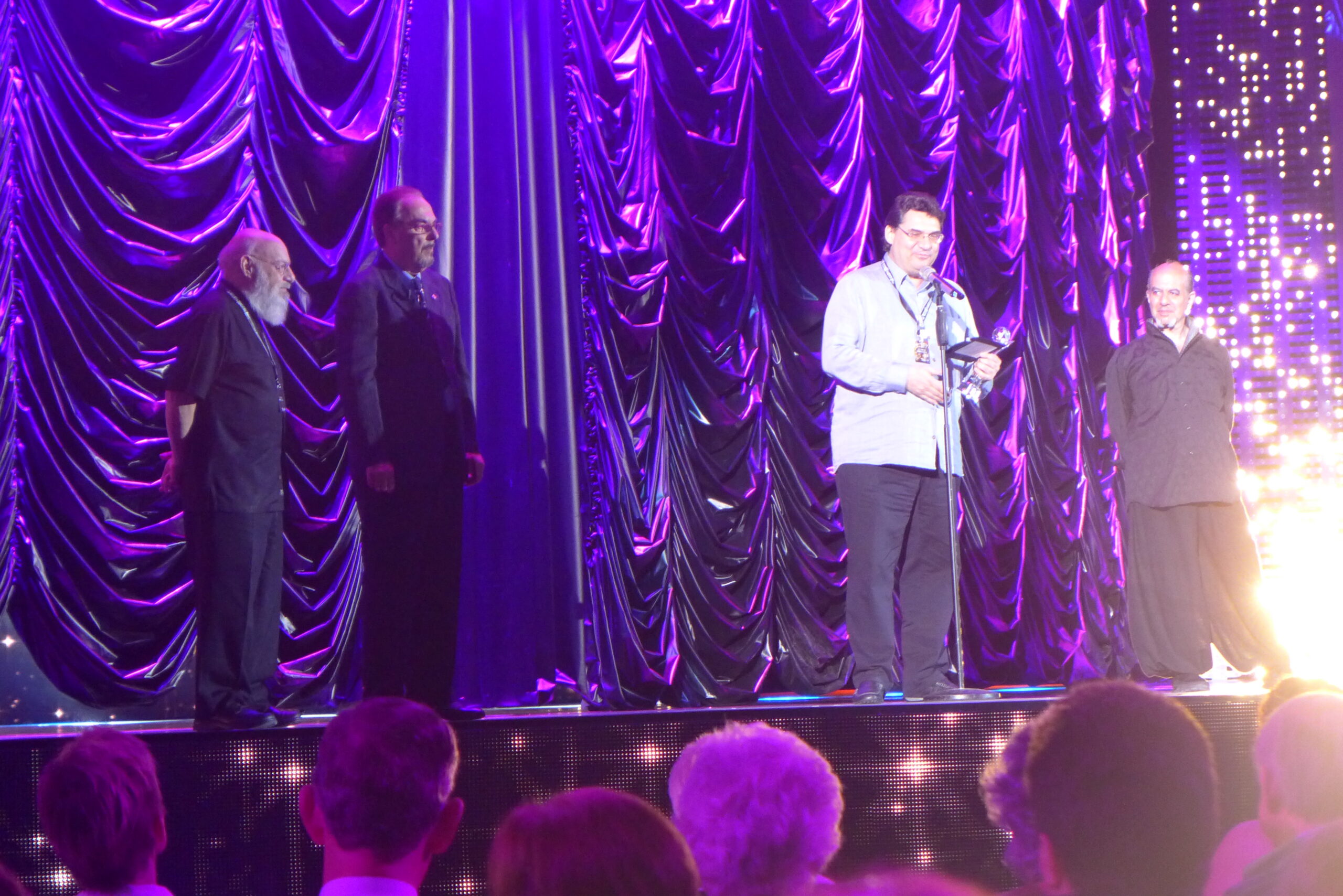
I consider these the three most important awards in magic, not because I received one, no, but because it recognizes that magic is more than just entertaining show business. Because that’s precisely the crux of the matter: As long as the public keeps just seeing magic acts, regardless how good they are, they will put magic into the box “fun-nice-entertaining” – of course it should be that too, but not only!
The Special Awards are a great way of reframing magic in the perception of the public, and communicate that magic has a huge historical tradition, with some fantastic personalities, not just performers, but also inventors, authors, researchers etc. And all those ideas they see are the fruit of exceptionally talented creators. Also, it opens for them the door to the complex and infinite substructures on which the “show” they see resides, make them wonder how it is possibly that the most sophisticated mind in this universe, the human mind, can be deceived by essentially simple concepts and thus become aware of magic’s multi-facetted artistic and philosophical implications.
The trouble is that those who should and could exploit this amazing potential of these awards simply do not understand this. Instead of using this unique possibility, the Special Awards are not even communicated to the public, at least I’ve never seen them mentioned in the press or on TV.
When I got my award, the convention organization in Rimini had failed to even write on the otherwise lovely trophy what the trophy was for, let alone my name, it just reads in very small type “FISM World Championship of Magic”, no year, no name, that’s how much the organization cared – I didn’t even get a certificate. (I should emphasize that this was not Max Maven’s fault, who has put a lot of time and energy into preparing the award ceremony). When I later wrote to the FISM secretary about at least getting a certificate, they said they would take care of it. They didn’t. And when I wrote in a second time – I can be stubborn (!) – they didn’t even answer. And the media were not even informed that these three awards existed. When I then contacted a few newspaper, something I truly hate doing and am terrible at for that reason, their first question was, “How much money went with the award?” I had to answer, “None.” Unfortunately, in the perception of the media and the public an award without money is not considered interesting. Certainly, if the Nobel Prize was not endowed with over one million Dollars, nobody would even know it existed. Again, another subject that should be discussed emotionlessly but intelligently.
Speaking of media and TV: It certainly helps finances and to some degree the image of magic to televise some FISM acts, but it doesn’t do much to change magic in the public’s eyes. A good show, a good act is what they expect magic to be, good entertainment, but it does nothing at all to add to their perception of magic. However, this is what we need: New possibilities for the public to see the world of magic.
New Possibilities in Magic
My suggestions have gone in the direction of opening other platforms of information about magic during a FISM. Let’s face it: The only moment the public gains access to what we are doing in six days is the evening gala, which is repeated for the public – sometimes even this doesn’t happen, since the theatre is sold out with the conventioneers alone, and a second or third show would have to be set up, but the theatre stage is occupied by other convention activities…
My idea would be to create external activities before, during and after FISM: lectures on various subjects (history, psychology, philosophy, biographies) in public libraries and other cultural hot spots, inter-disciplinary workshops and encounters with other artistic disciplines (magic and literature, magic and cinema, magic and painting), expositions in museums and art galleries (paintings with magic symbolism, optical illusions, etc.), movies with magic topics and introductory talks (Méliès is good, but there is more), bookshops with magic books (not only teach-ins but also literature that picks up “magical” themes – there is a lot more than Harry Potter…), activities in small theaters, pubs, bars, performances on the street, and an almost infinite etcetera.
As far as I know none of this has ever been done, not even partially, or if it has been done, in a very small scale. One of the laudable exceptions (there might be others, I hope, and I should be happy to report them here) is the Magialdia Convention in Vitoria, Spain, run by José Ángel Suarez and his team for more than thirty years (!), and which is sponsored by the city itself (!): During ca. three weeks there are dozens of activities of all types that show the rich and faceted world of magic to the public, and as a small part of it there is a three-day magic convention.
I know, some of it will be difficult to implement, if the event location and the organization team keeps changing, and money is needed… definitely another complex matter, and another conversation…
These are a few of my ideas and opinions, and maybe you want to discuss one or several of the points brought up with your magic friends and in your club. (Please understand that I cannot get into a correspondence over this or any other subject. But you can always approach me at a convention, buy me a drink at the bar or invite me to a slow-food meal 🙂
Remembering Shigeo Takagi
I’ve only had the pleasure of visiting Japan once, but that one time was certainly an intense and memorable one.
To start with, it was my first “culture shock”, because speaking six languages and being able to at least make heads and tails out of another half a dozen languages when I see it written down, well, In Japan it was all Greek to me 🙂
I had assumed that the most important signs in big cities like Tokyo or Osaka would be translated in English and Latin alphabet, and that most people would speak English. None of that was the case, at least not in 1989.
However, this was not an issue, since once you have the status of a guest, the hosts take care of you and you are treated like a VIP. I will never forget how we were strolling through Osaka and it started raining. Immediately our host, who was nobody less than Fukai, from “Fukai and Kimika” fame, asked us to wait under the entry portal of a mall, run in and out in less than two minutes, and came back with an umbrella for each one of us!
I have a dozen such stories, and they all show the wonderful and unique hospitality of the Japanese people. And I won’t even start to tell you about the exclusive meals we were treated to, the Asian cuisine being arguably the richest in the world, and in Japan you get some of the best.
Briefly: I was brought in by Max Maven (who else!), together with Eugene Burger, Tommy Wonder and Aurelio Paviato. After a day or two in buzzing Tokyo, with lots of magic and visit to Ton and Mama Onosaka’s “Magicland”, we were off to Hakone National Park (gorgeous!), were an intimate Close-up Convention was held.
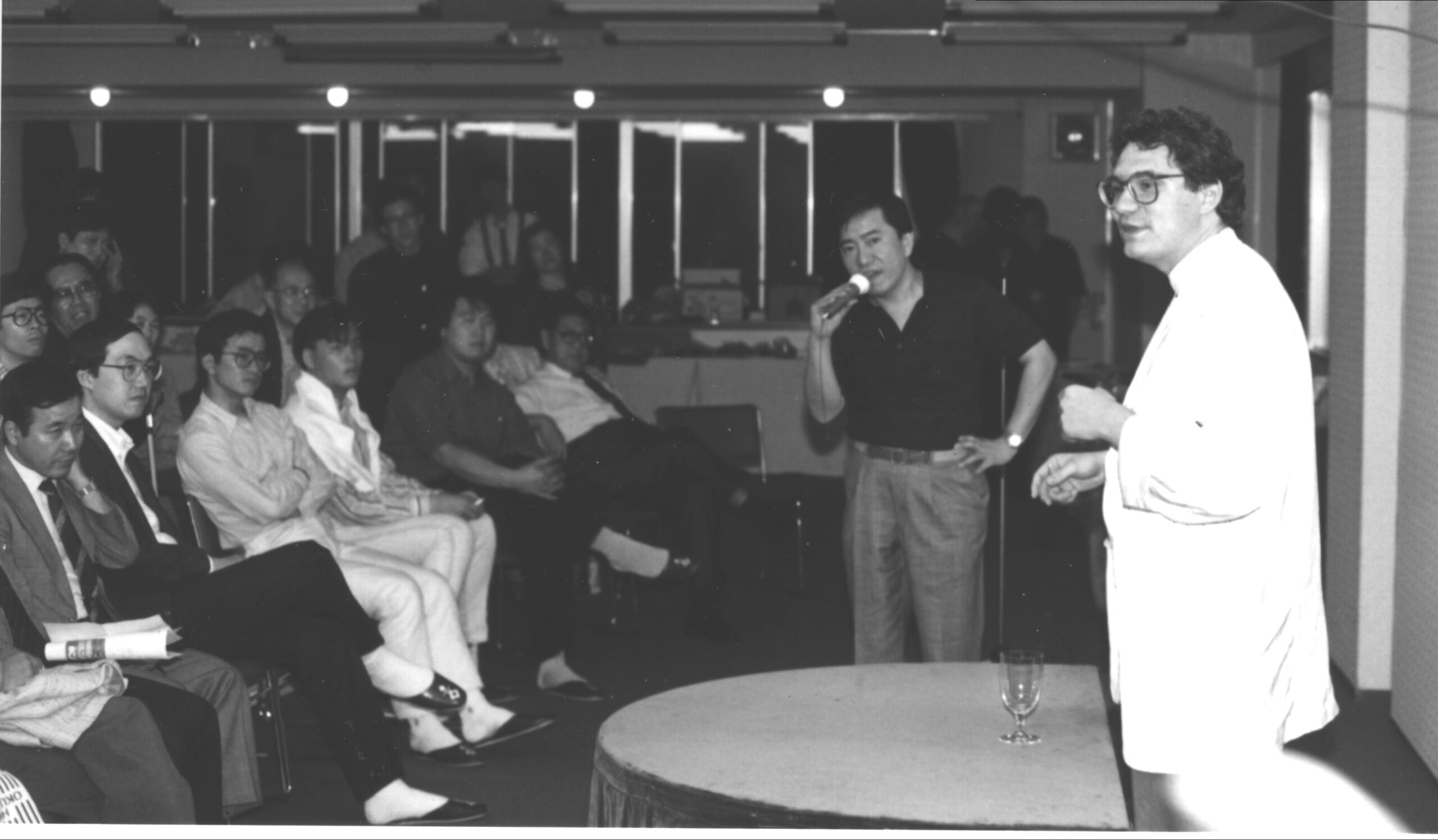
But that was only the overture, as the main reason of the trip organized by Max, Ton and Max’s agent David Belenzon, was to attend one of the largest conventions Japan ever had, in Kitakyushu. I was told that this was meant as a kind of test run for an upcoming FISM convention in Japan (as a matter of fact, in 1994, FISM went out of Europe for the very first time, and was celebrated in Yokohama).
Below you can see a photo of the company I had the honor to be in, briefly stated: If the airplane that took most of them from Tokyo to Kitakyushu had crashed, magic would have lost at least 50% of its top talent. See if you can find them: Lance Burton, Max Maven, Kevin James, Fin Jon, Billy McComb, The Pendragons, Jeff McBride, Princess Tenko, Mac King, Tina Lenert, Goldfinger and Dove, Eugene Burger, Tommy Wonder, Aurelio Paviato, Ton Onosaka, Michael Moschen, Barclay Shaw, The Napoleons, Fukai and Kimika, Franz Harary, and others… quite something, eh 🙂
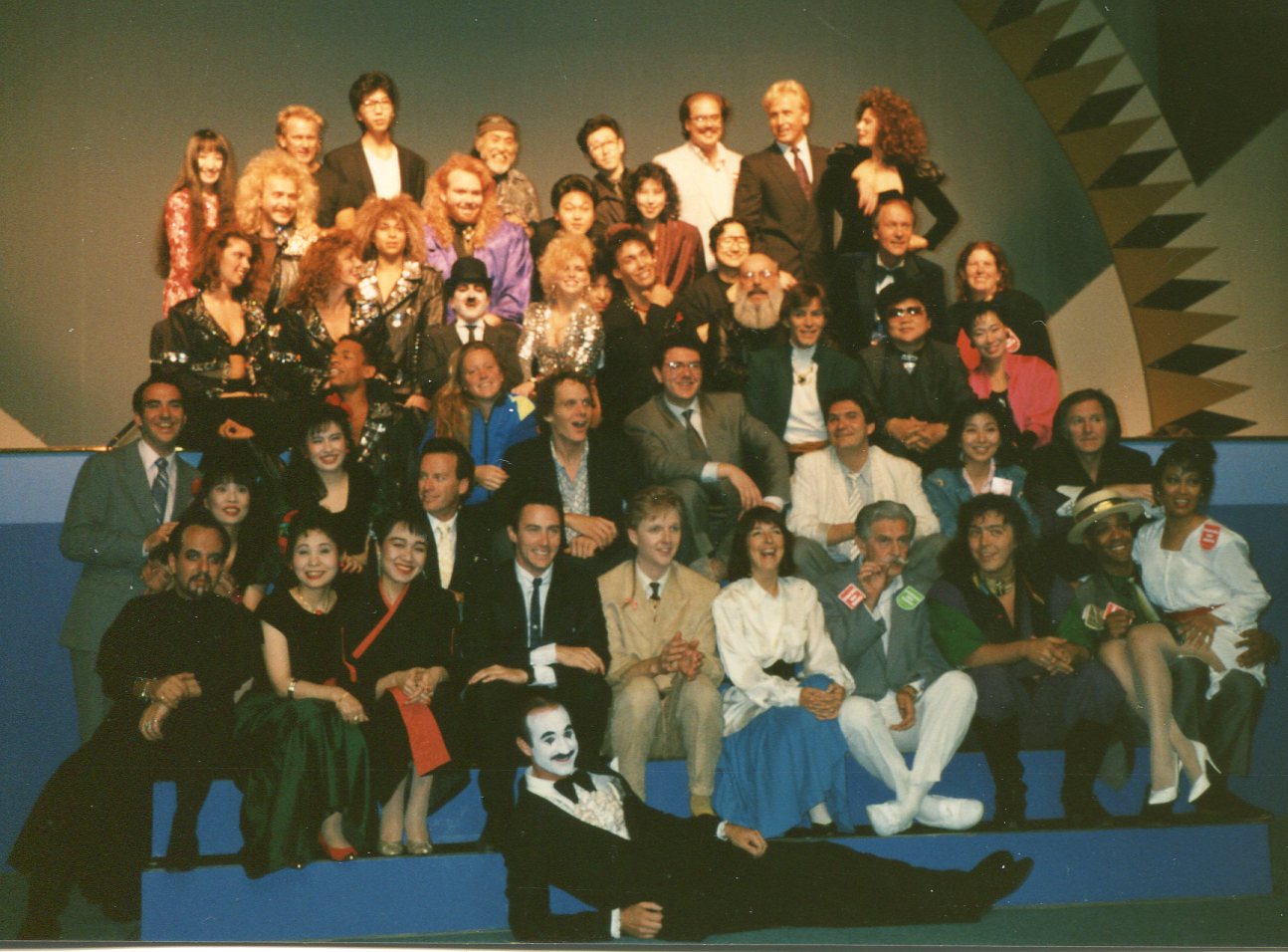
I had met Shigeo Takagi, Japan’s “Professor”, already in Tokyo the week before (see photo below), but it was on the Bullet Train that we got to “session” for almost the entire trip.
Although I do not speak any Japanese, except “Konnichiwa”, “Arigato”, and “Sayonara”, and Takagi’s English was, well, rather eccentric (Vernon bless him!), he kept performing for me great classic magic in his very own style, unforgettable! We kept speaking to each other without understanding what the other was saying, but we had the greatest of all times, and I experienced some fantastic magic 🙂
At some point Takagi gave me two VHS videos of his, which I was not able to watch for about two years, because in Europe at that time I could not get one of those multi-system video recorders playing NTSC format. But once I did, I learned his rope routine on it, and it has since then, to this very day (30 years plus!), remained the opening sequence of my professional act that has taken me to four continents. I am forever thankful to him just for that, let alone for all the rest!
He was not only an exceptional scholar of magic, he also considerably influenced the Japanese magic world around him to this day. See Richard Kaufman’s book on his magic (only a small part of his creative output),
Surprisingly I did not find much video material on Internet about Shigeo Takagi, but this short private 3-minute sampler clip should give you an idea of his exquisite taste and handling, CLICK HERE. And find some biographical info HERE. Finally, you might enjoy Michael Vincent discussing the book, and performing a beautiful routine from it, CLICK HERE.
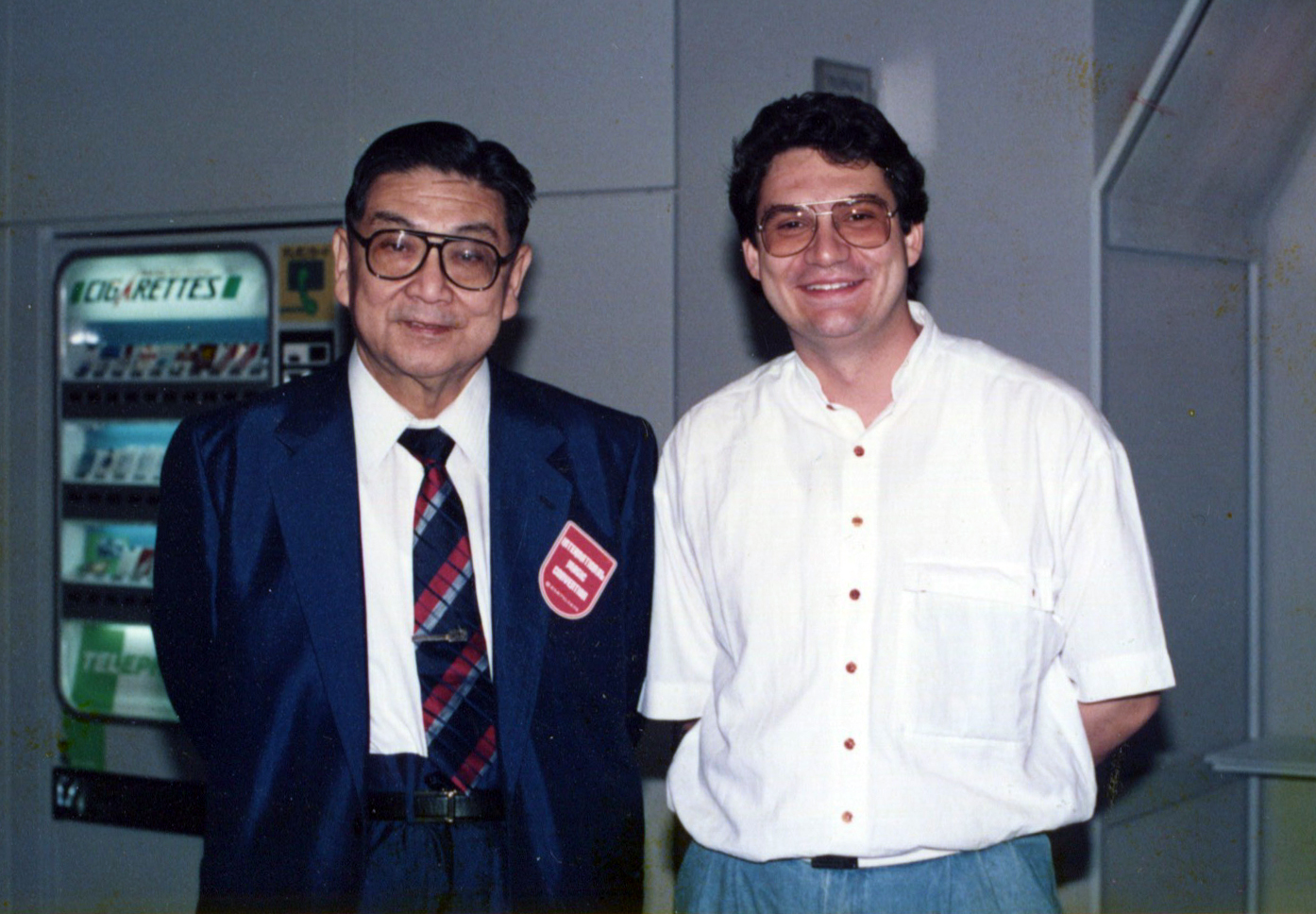
I wanted to take a break from this blogging because it is so hot here, and look at what came out as a result – so much about taking resolutions!
Have a great week and see you all back here in a week.
All the best,
Roberto Giobbi
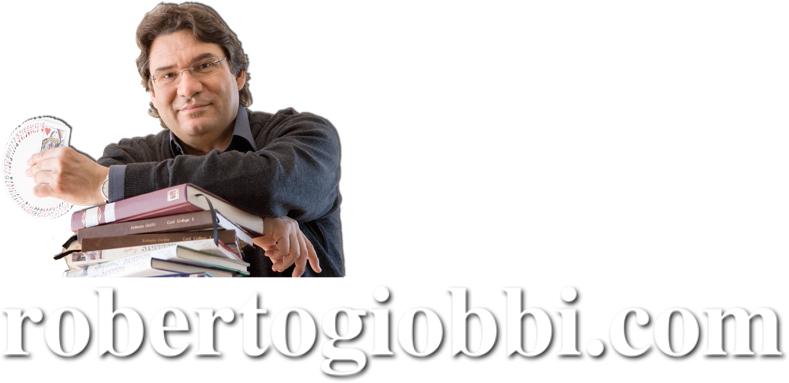


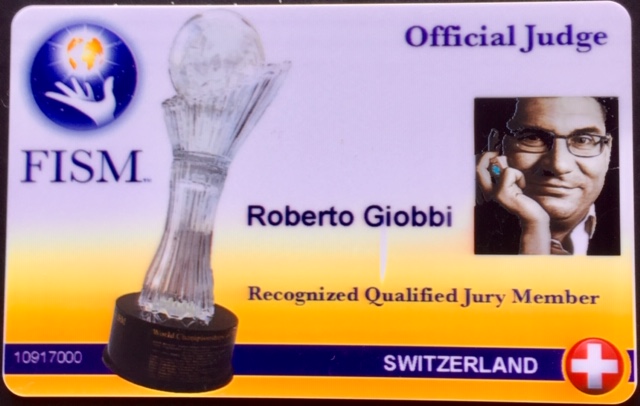
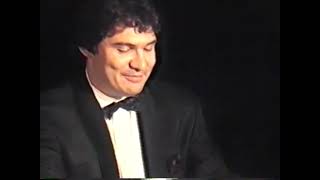
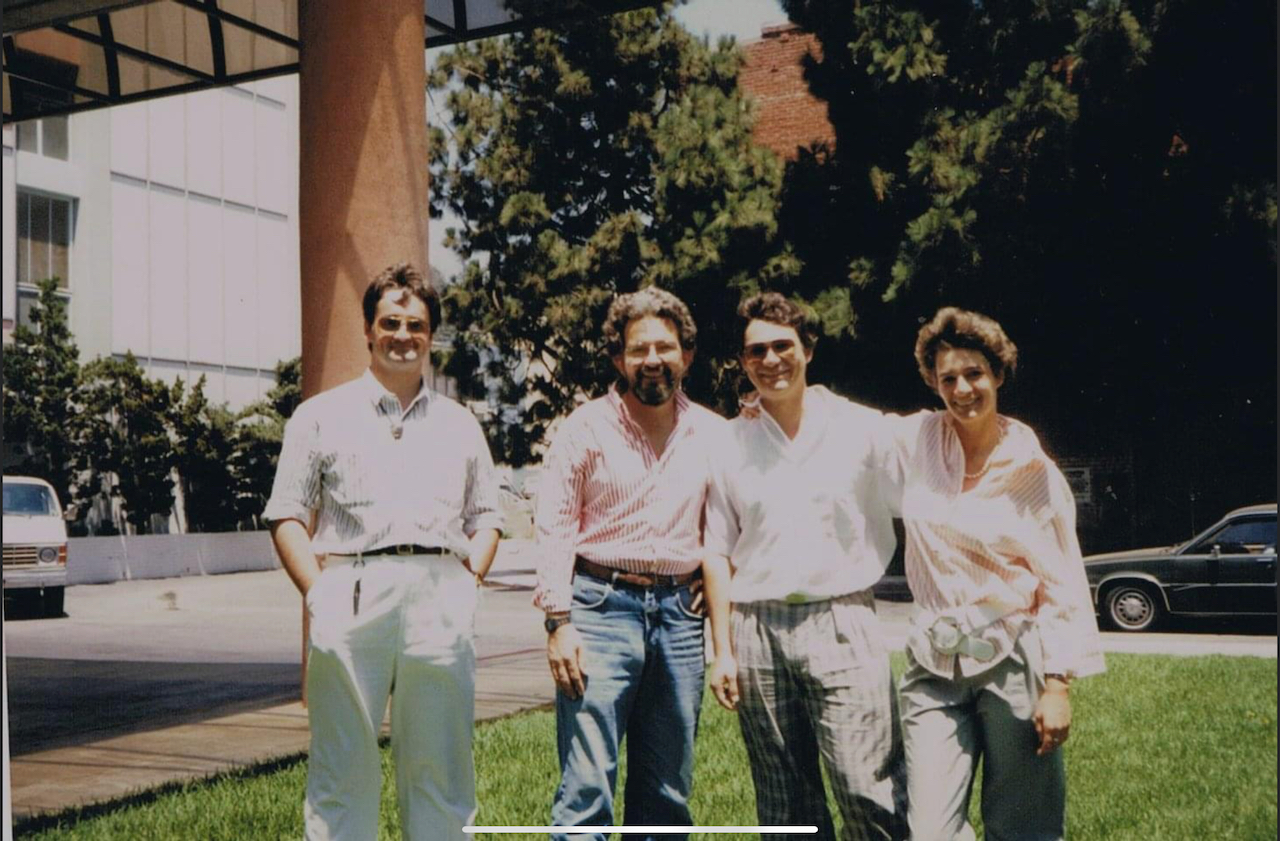
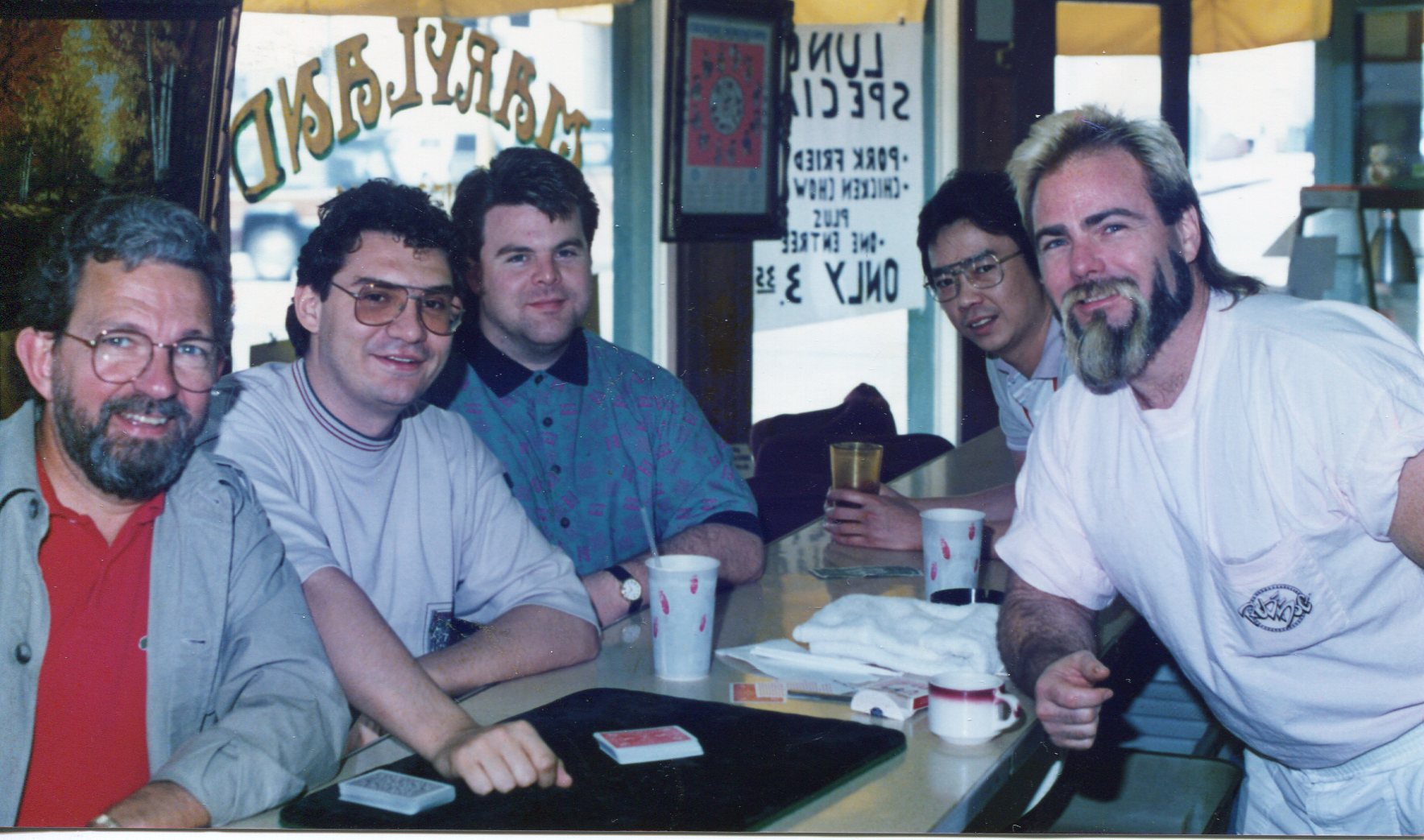

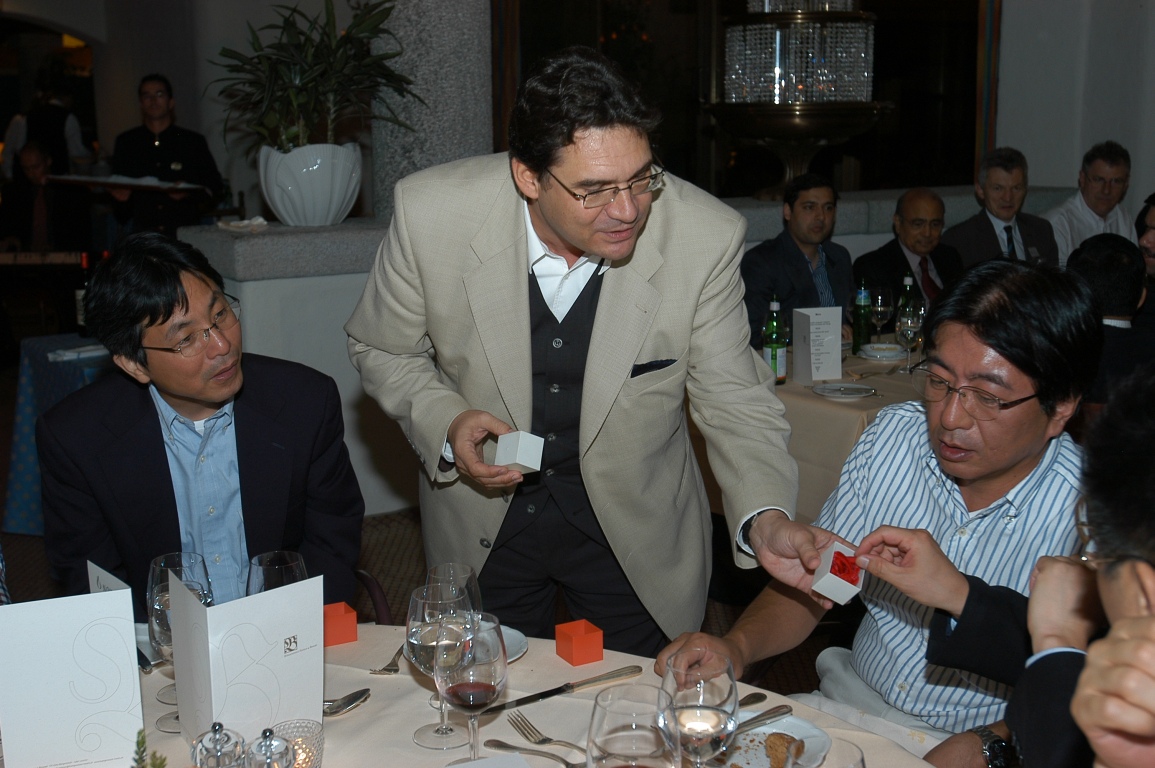
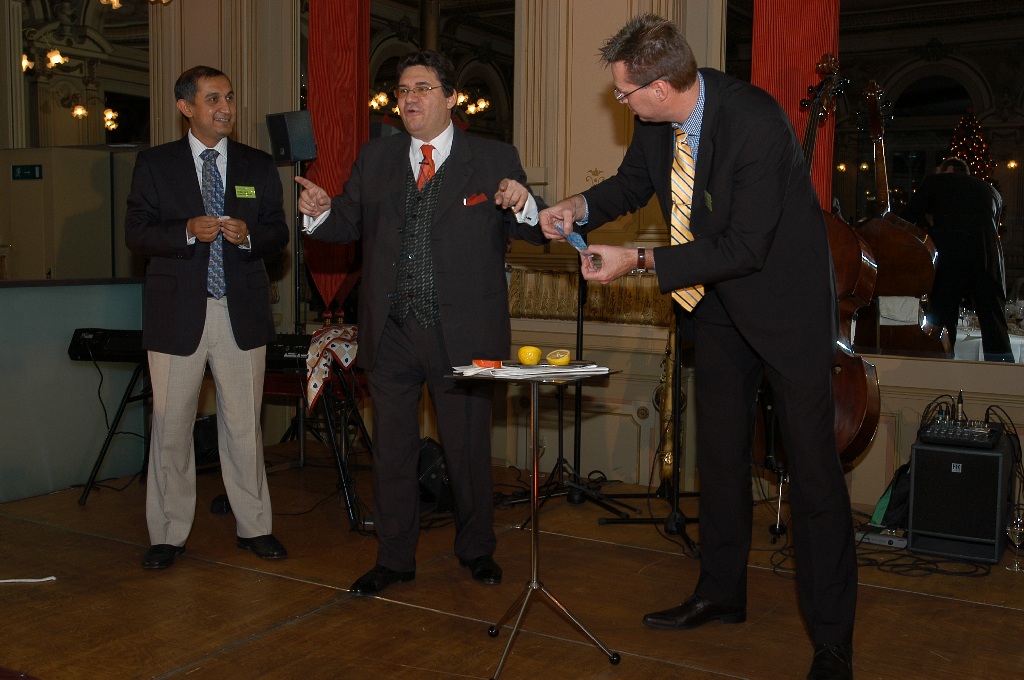
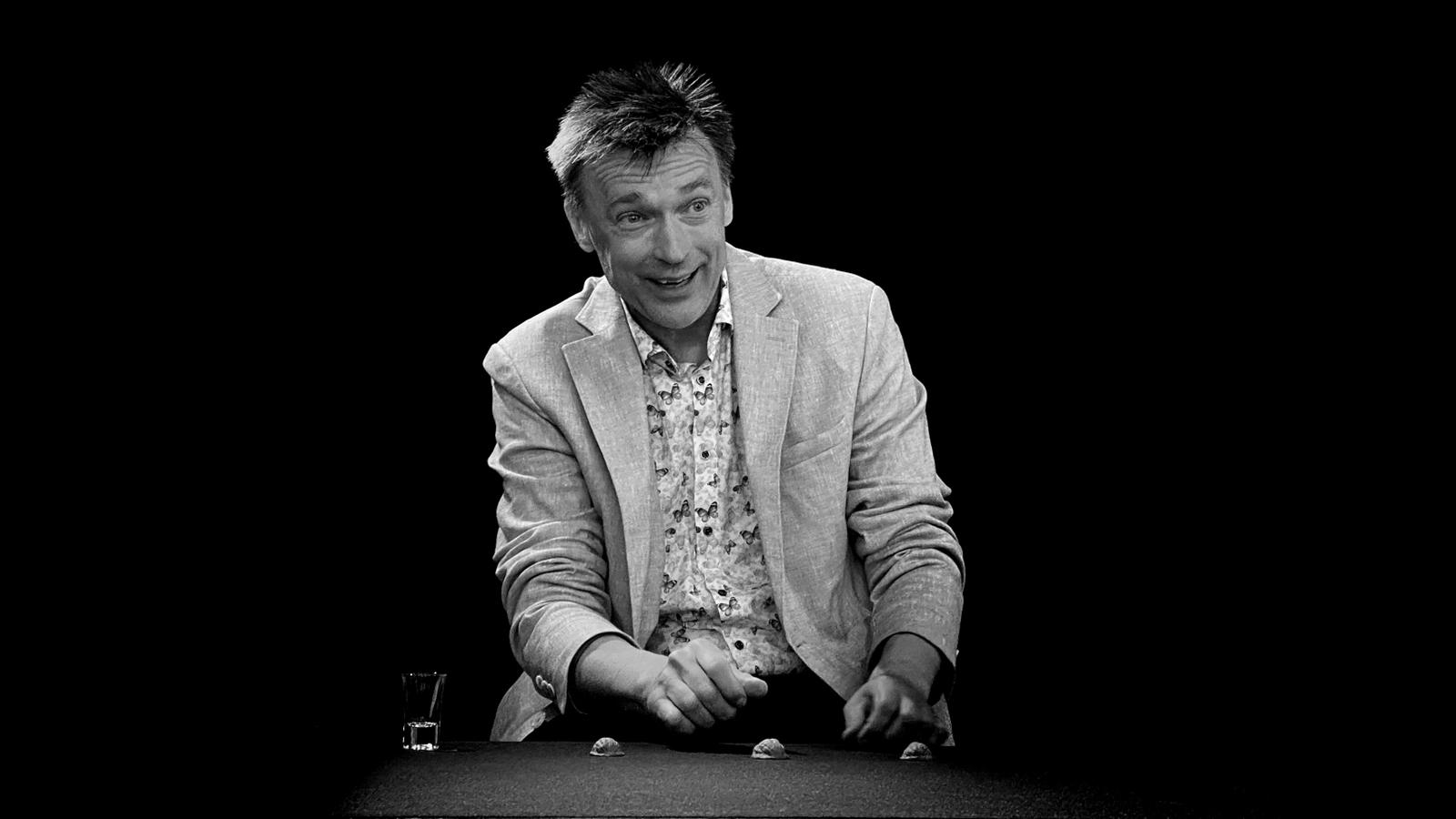
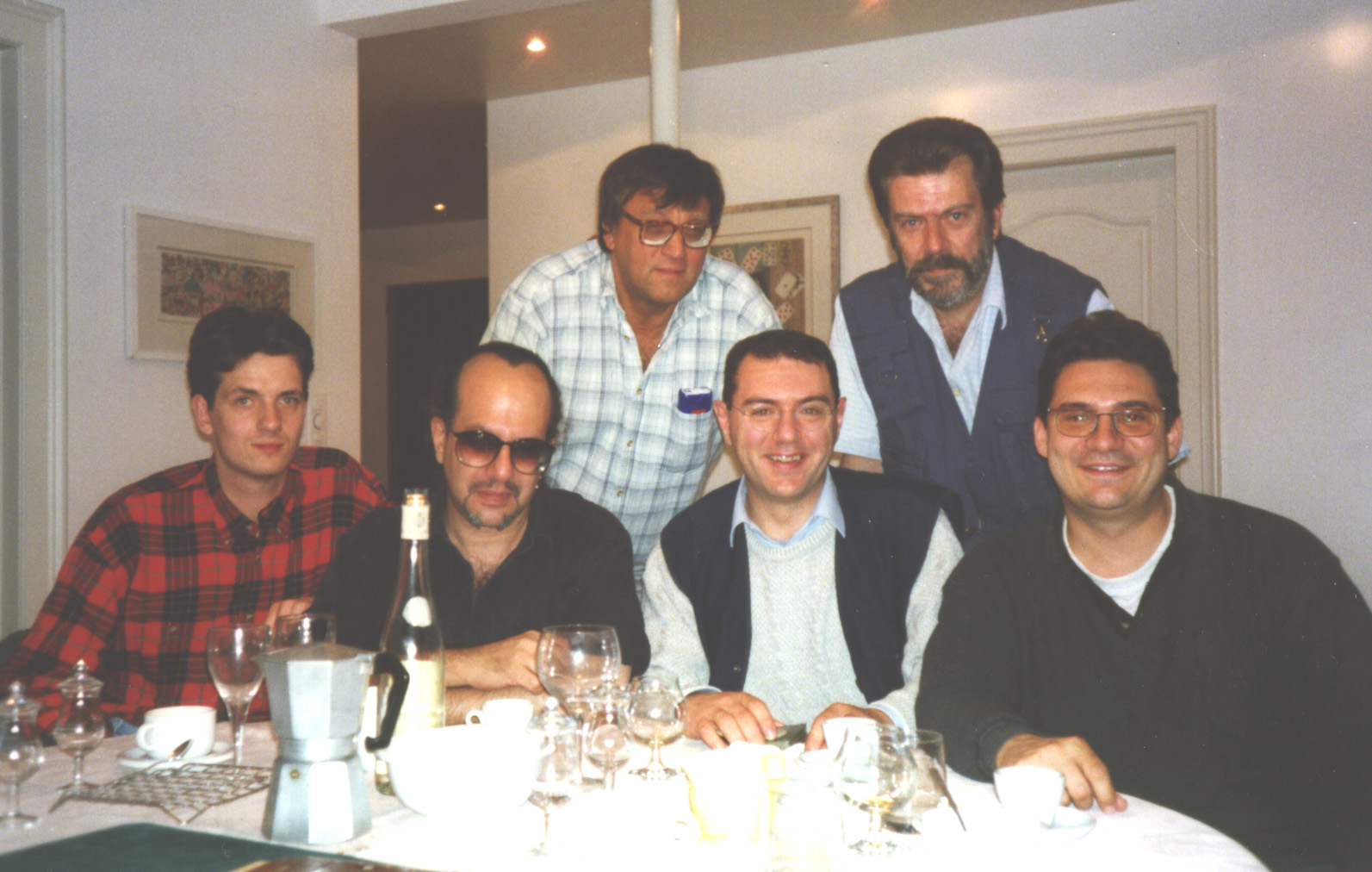
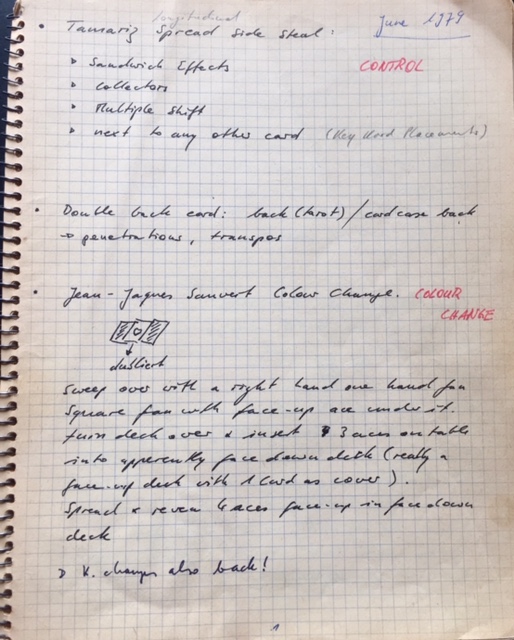
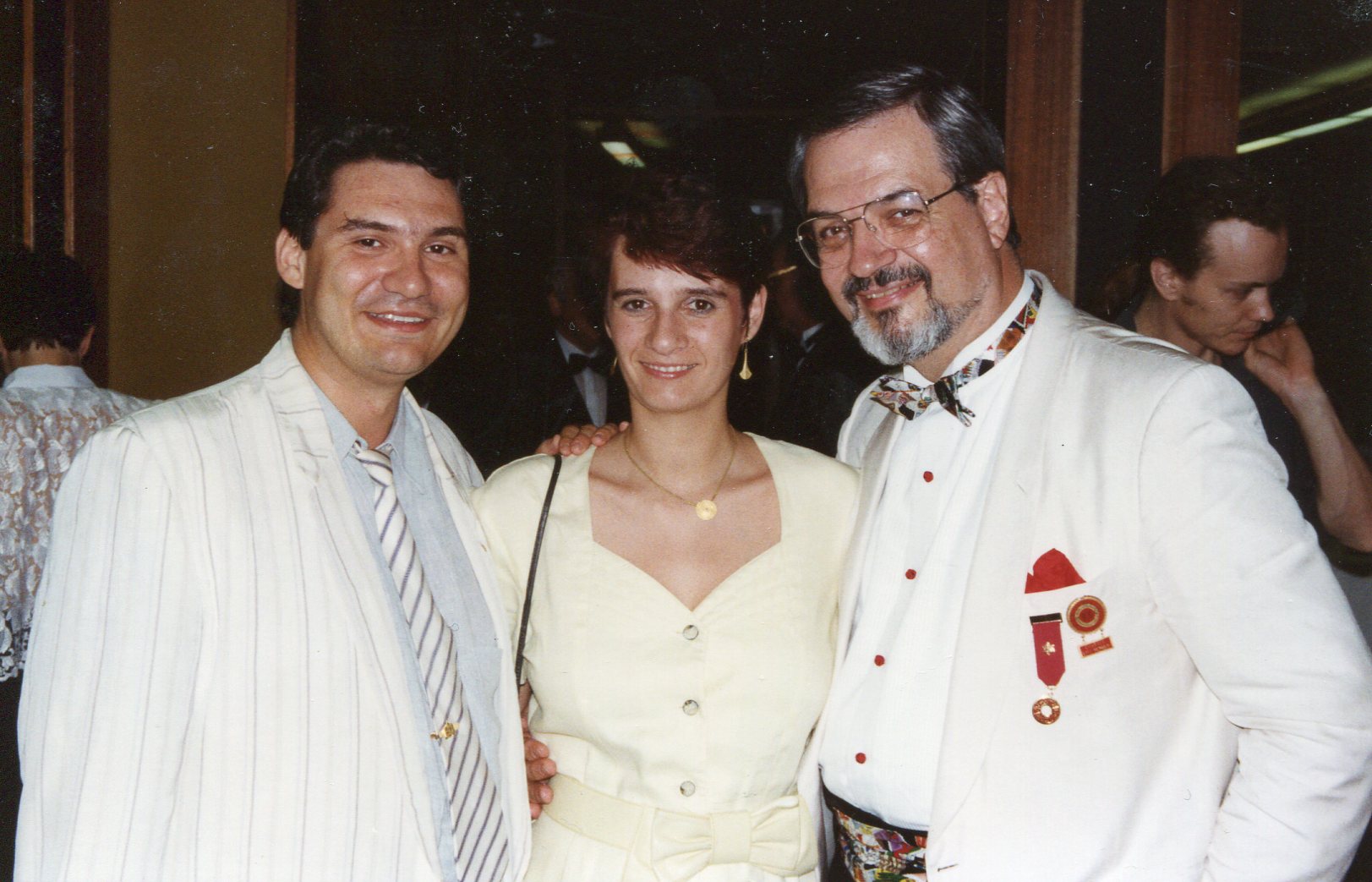
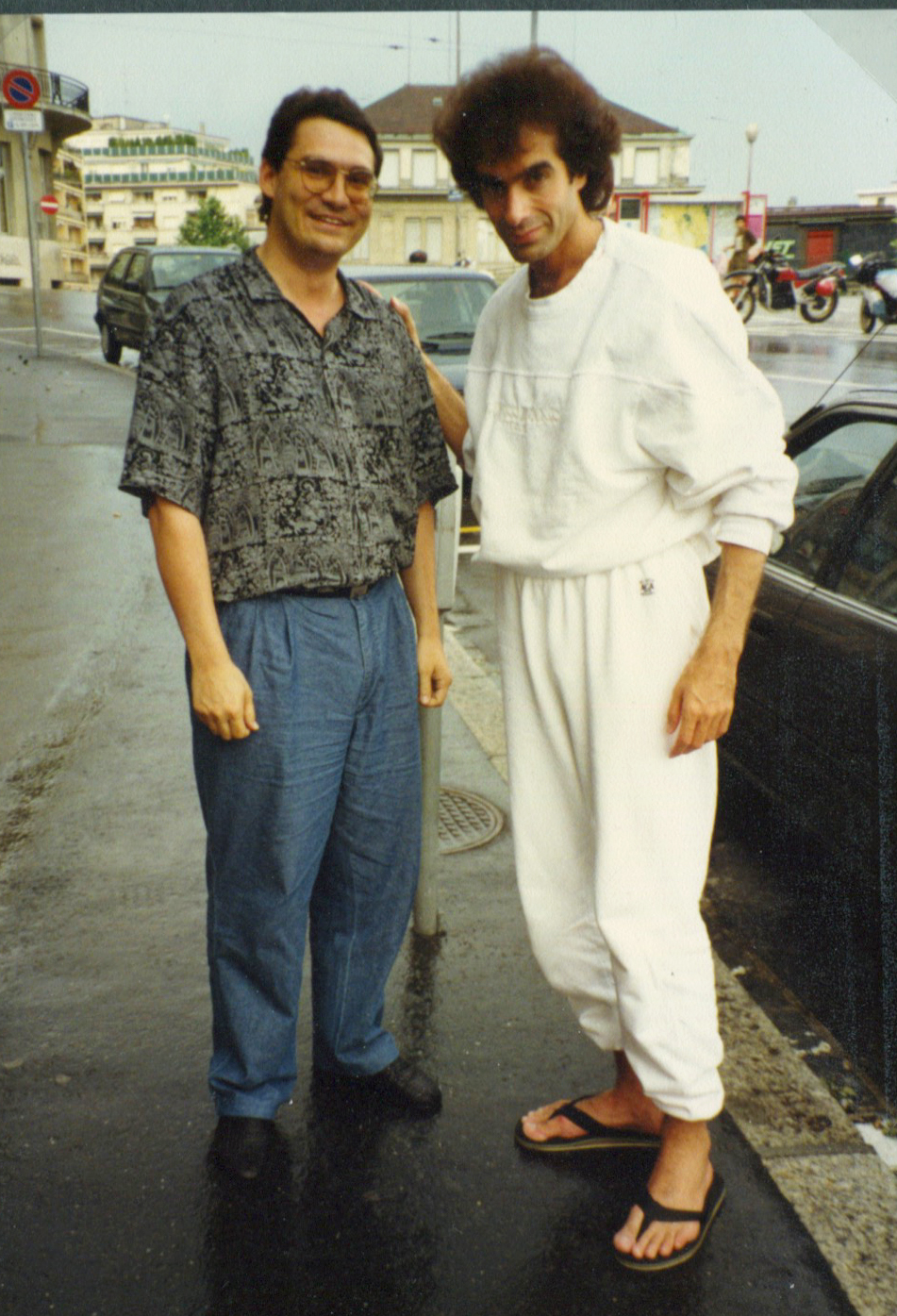 With “casual” Copperfield FISM 1991
With “casual” Copperfield FISM 1991

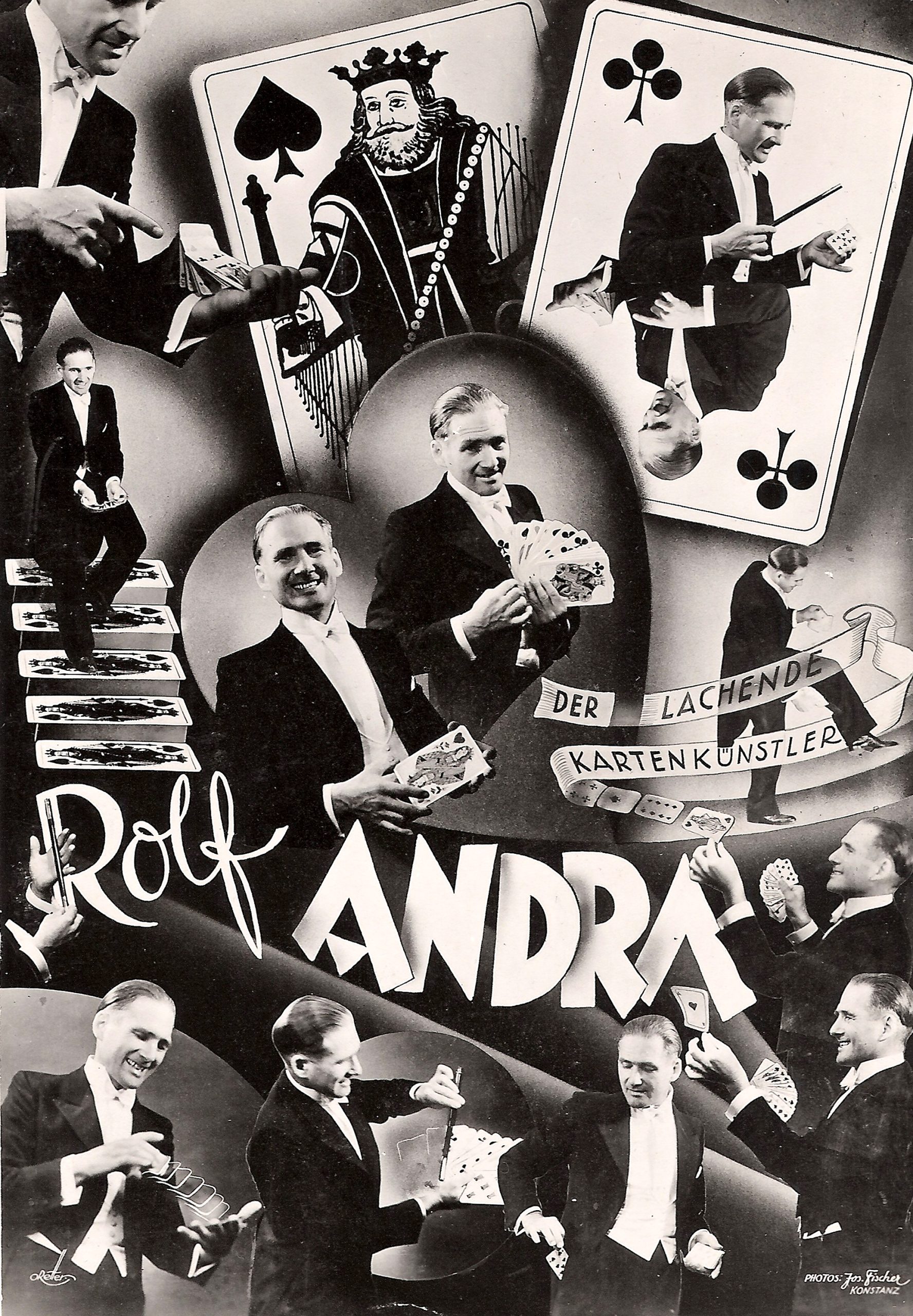
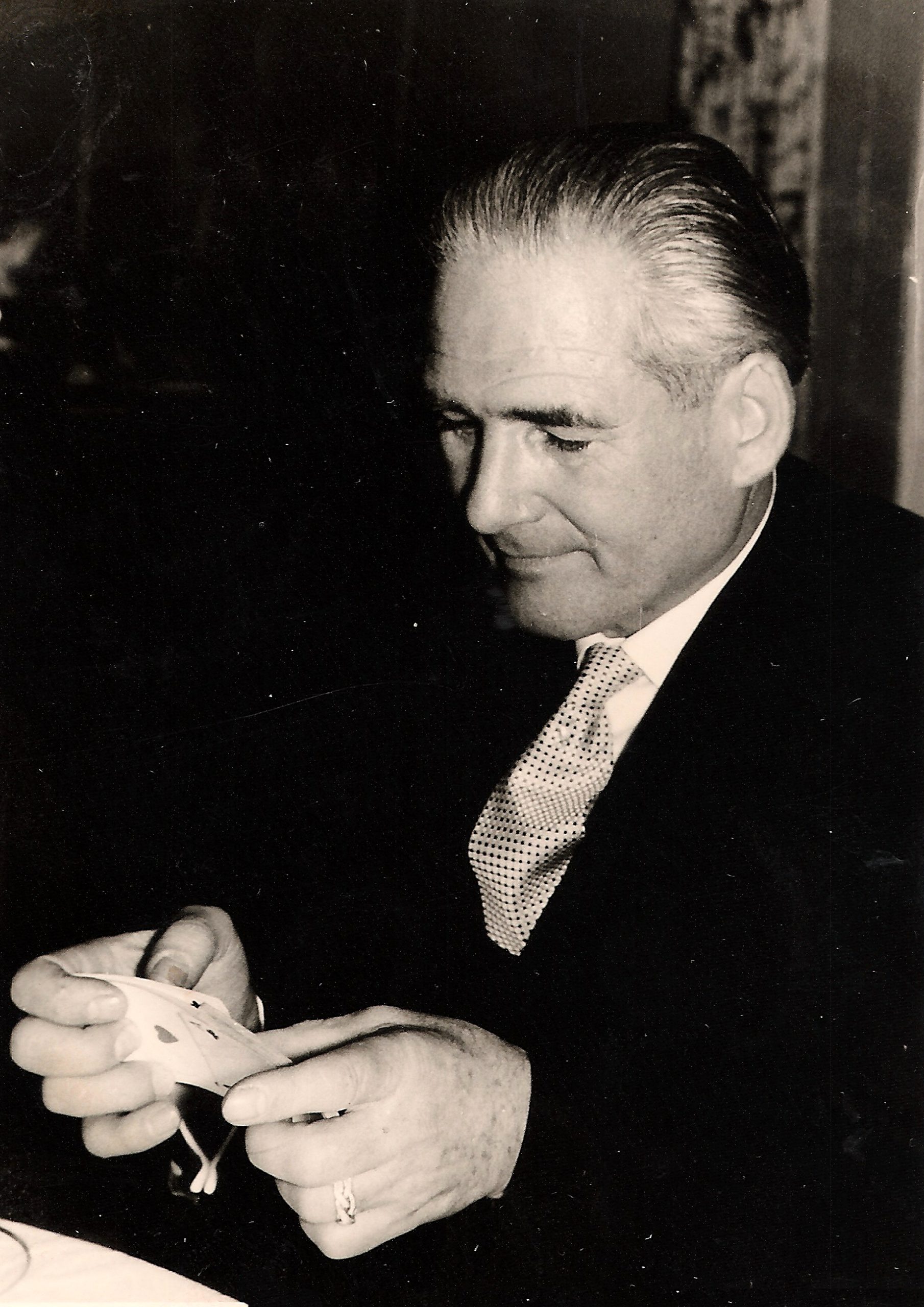




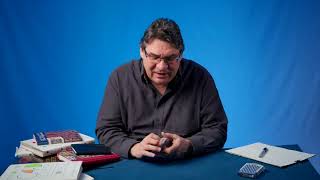

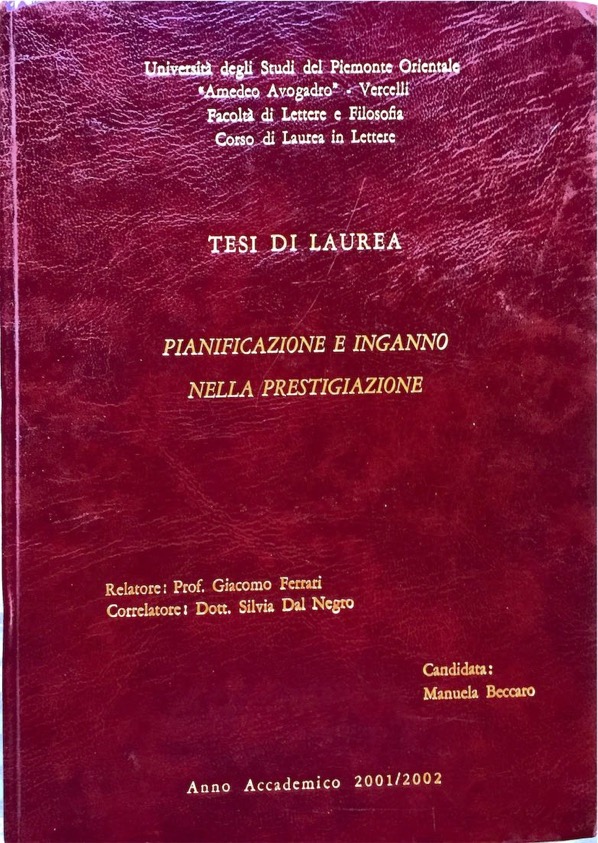
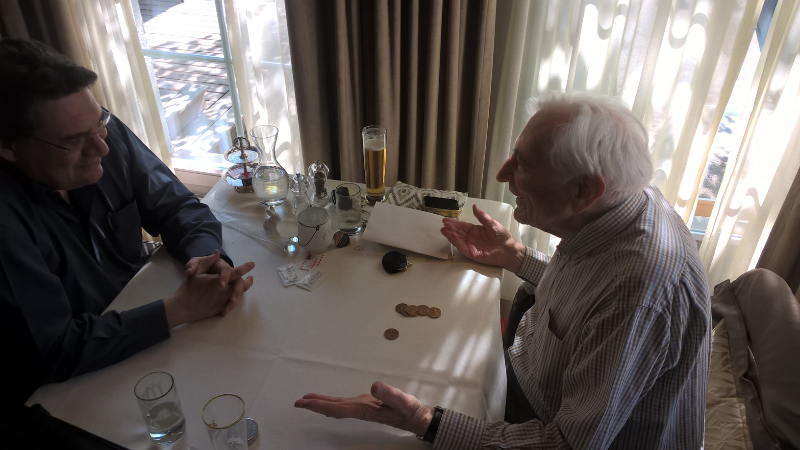
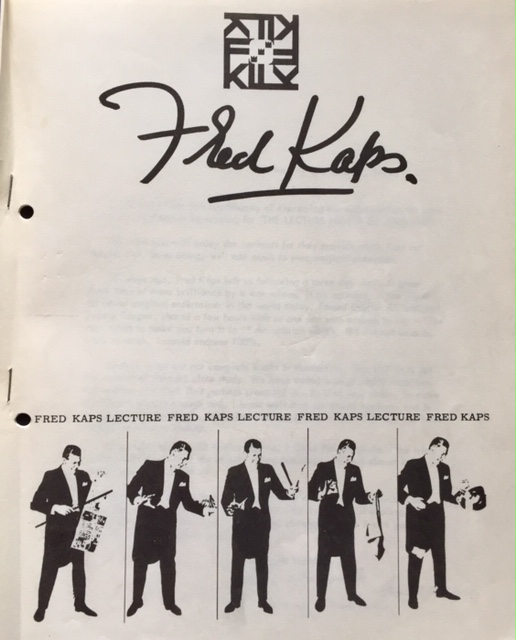
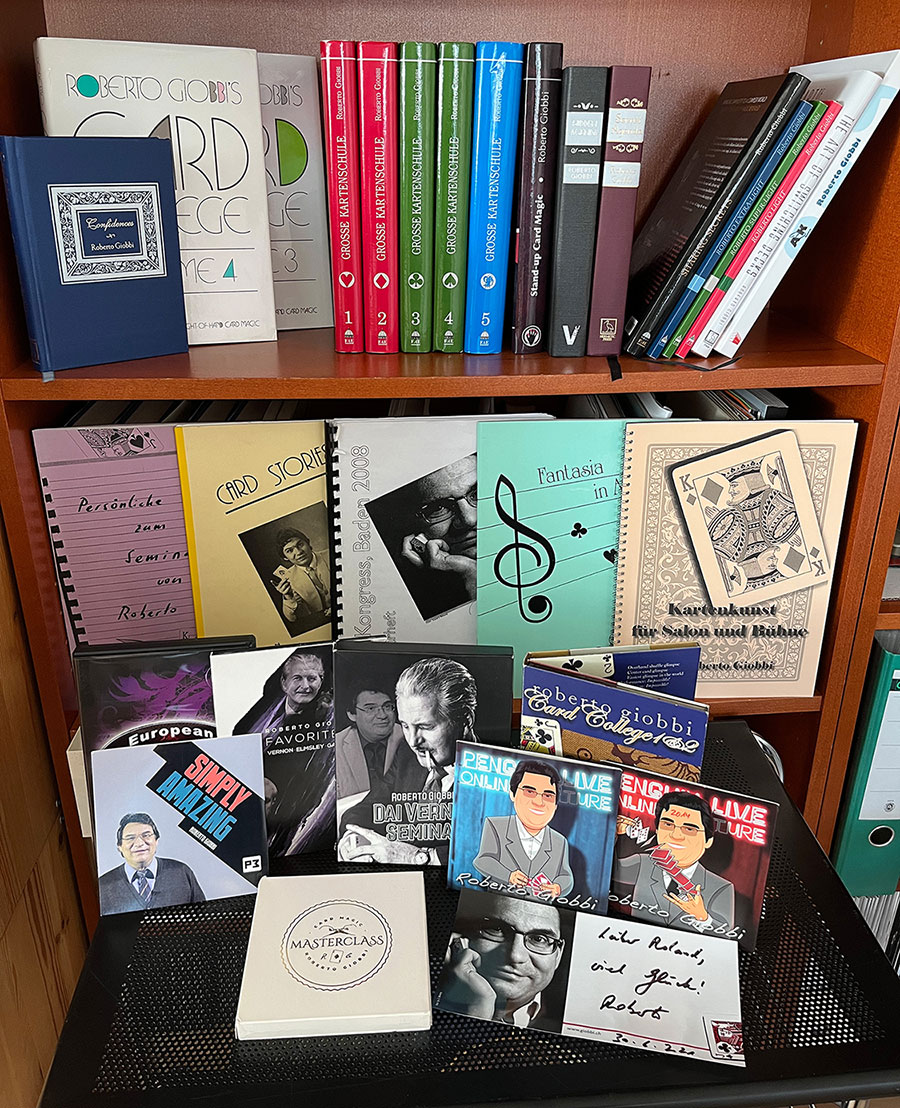
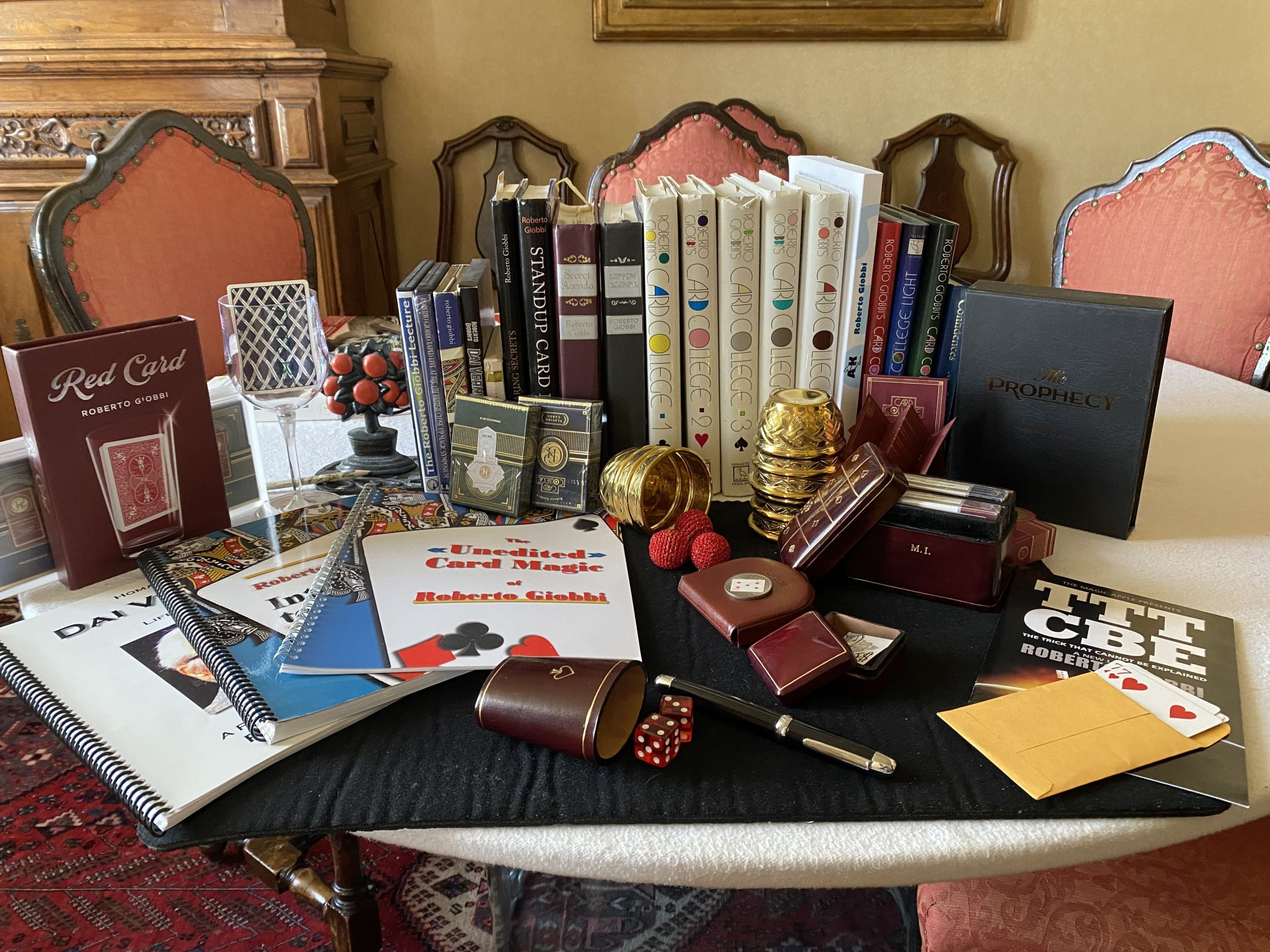
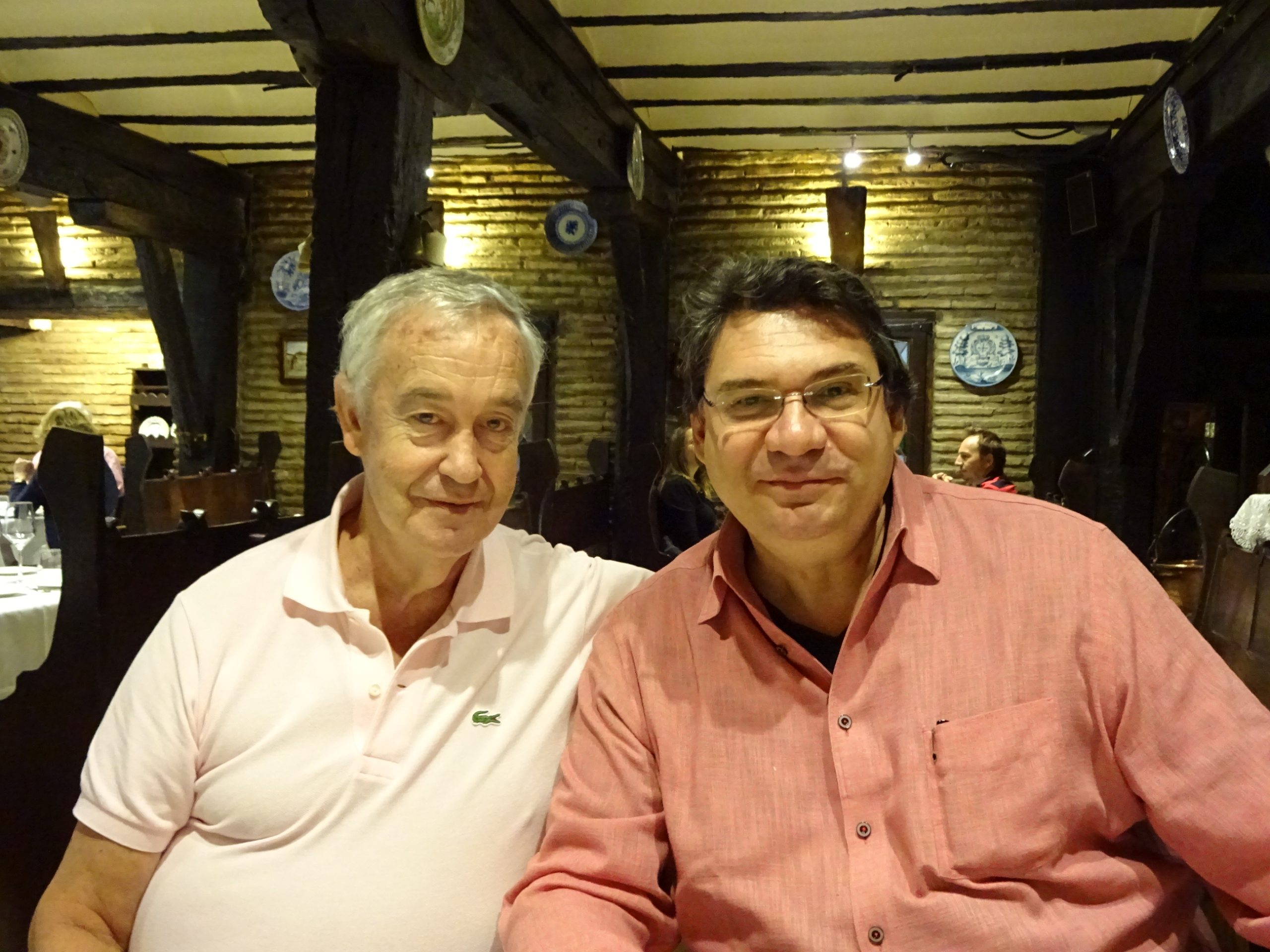










 Stabbing a card, but with a red back…
Stabbing a card, but with a red back…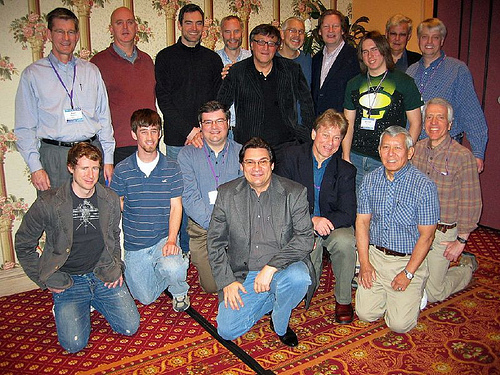

 Green putting meditation in action
Green putting meditation in action





